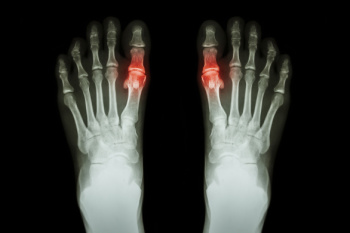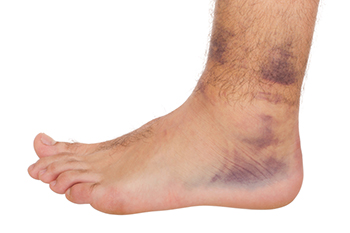
As people age, they become more prone to foot problems that can affect mobility and comfort. Bunions are a common issue, where the big toe shifts inward, causing a bony bump that leads to pain and difficulty wearing shoes. Arthritis often develops in the foot joints, leading to stiffness, swelling, and discomfort during movement. Corns form due to repeated pressure or friction, creating thickened areas of skin that can become painful. Additionally, heel pain, often caused by plantar fasciitis or thinning fat pads, makes walking uncomfortable. These conditions can result from years of wear and tear, poor footwear choices, or underlying medical issues. If you are elderly and have pain in any area of your foot, it is strongly suggested that you consult a podiatrist who can effectively treat various foot conditions.
Proper foot care is something many older adults forget to consider. If you have any concerns about your feet and ankles, contact one of our doctors from Advanced Foot & Ankle Medical Center. Our doctors can provide the care you need to keep you pain-free and on your feet.
The Elderly and Their Feet
As we age we start to notice many changes in our body, but the elder population may not notice them right away. Medical conditions may prevent the elderly to take notice of their foot health right away. Poor vision is a lead contributor to not taking action for the elderly.
Common Conditions
- Neuropathy – can reduce feeling in the feet and can hide many life-threatening medical conditions.
- Reduced flexibility – prevents the ability of proper toenail trimming, and foot cleaning. If left untreated, it may lead to further medical issues.
- Foot sores – amongst the older population can be serious before they are discovered. Some of the problematic conditions they may face are:
- Gouging toenails affecting nearby toe
- Shoes that don’t fit properly
- Pressure sores
- Loss of circulation in legs & feet
- Edema & swelling of feet and ankles
Susceptible Infections
Diabetes and poor circulation can cause general loss of sensitivity over the years, turning a simple cut into a serious issue.
If you have any questions please feel free to contact our offices located in Agoura Hills, Simi Valley, Thousand Oaks Marin St., and Thousand Oaks Haaland Drive, CA . We offer the newest diagnostic and treatment technologies for all your foot and ankle needs.









